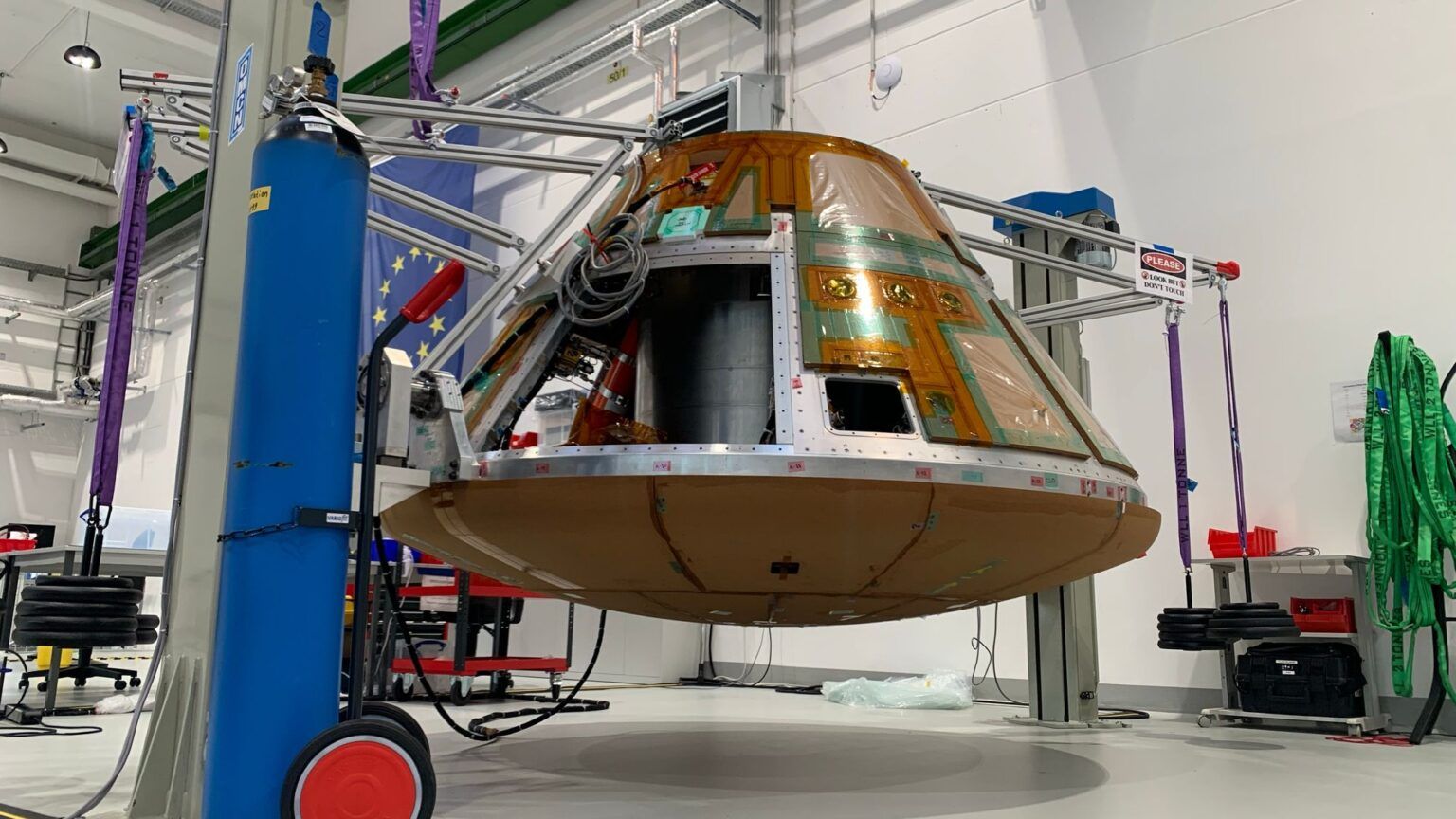Space Elevators Could Totally Work—If Earth Days Were Much Shorter
Space Elevators Could Totally Work—If Earth Days Were Much Shorter
Space elevators have long been a dream of scientists and science fiction enthusiasts alike. The concept involves a giant tether stretching from Earth’s surface into space, allowing for easy transportation of goods and people to and from space without the need for expensive rockets.
However, one major obstacle to the feasibility of space elevators is the length of a day on Earth. The longer a day is on Earth, the faster the surface of the planet is moving, making it more difficult to construct a stable and effective space elevator.
If Earth’s days were much shorter, say, only a few hours long, the speed at which the planet rotates would be slower, making it easier to build a space elevator that could withstand the forces at play.
With a shorter day, the influence of gravity and centrifugal forces on the space elevator would be more manageable, making it a more realistic and feasible transportation option for traveling into space.
Imagine a world where space elevators are a common means of transportation, connecting Earth to orbiting space stations and beyond with ease and efficiency. It could revolutionize the way we explore space and access resources beyond our planet.
Of course, achieving such a drastic change in Earth’s rotation would be no small feat. It would likely require massive upheavals in the planet’s structure and composition, with unknown and potentially catastrophic consequences.
But the idea of space elevators remains a tantalizing possibility, a beacon of hope for a future where we can easily and affordably travel to the stars. Perhaps one day, with enough technological advancements and ingenuity, space elevators could become a reality—even on a planet with longer days.





